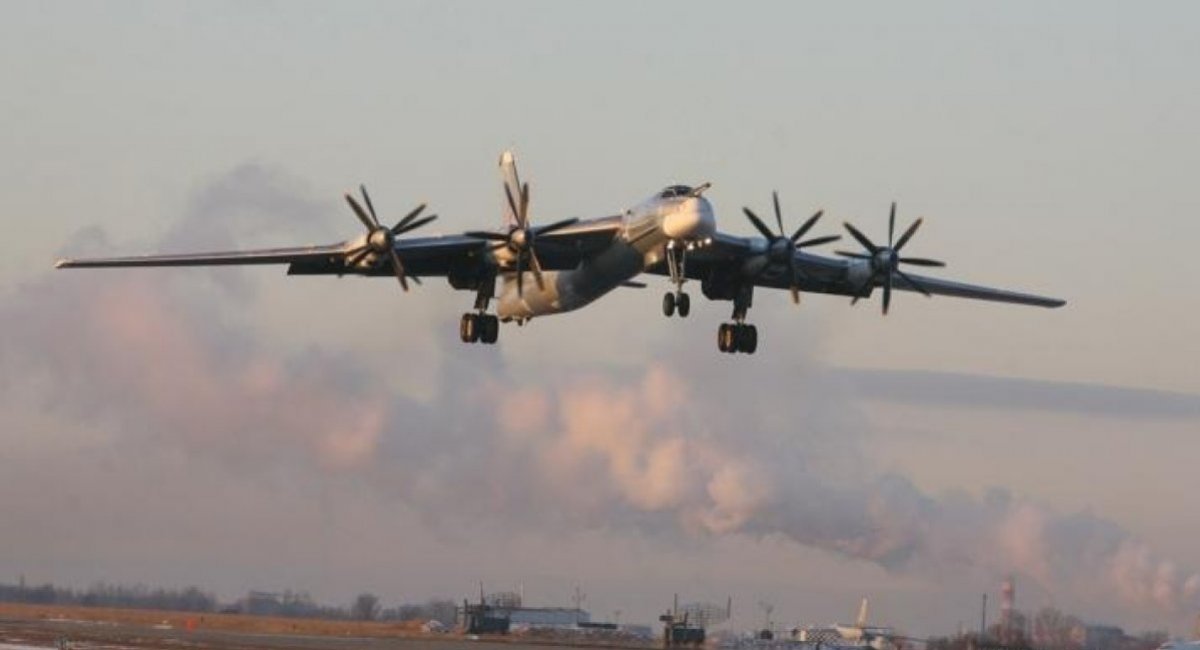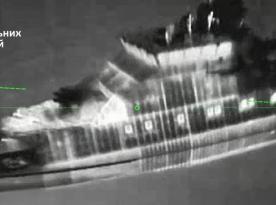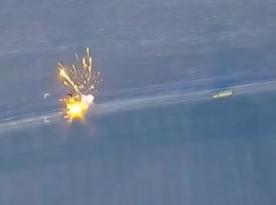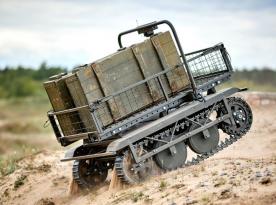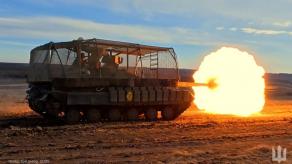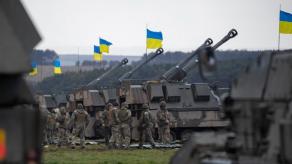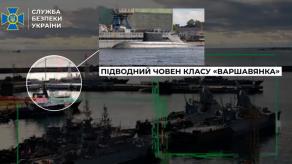The russian federation is set to revive military schools that were shut down in the 2000s, including the Ulyanovsk Flight School of Long-Range Aviation, which is expected to train pilots for strategic bombers such as the Tu-95MS.
In parallel, Moscow is developing a network of military training centers, effectively reforming and centralizing military departments in civilian universities across the country. As highlighted in a dedicated Jamestown Foundation report, this effort is aimed at strengthening russia’s mobilization capacity to replenish heavy losses sustained in Ukraine and securing a strategic advantage over Western nations, including through its military education system.
Read more: Ukrainian UAVs Strike russian 333rd Training Center in Mulino: What It Is and Its Link to Rheinmetall
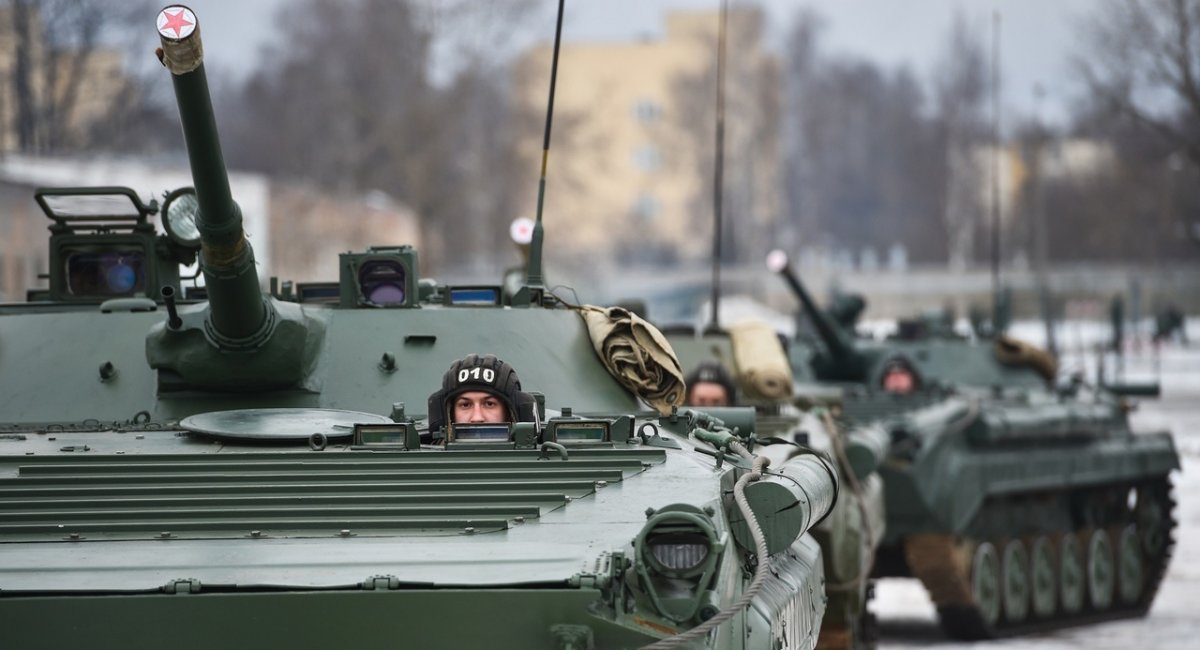
Alongside the Ulyanovsk Flight School, reopening on September 1, 2025, russia plans to restore several other military institutions, including an artillery school and NBC troops school in Saratov, a communications school in Novocherkassk, and establish a new ground forces command school near Irkutsk.
The expansion of military training centers follows this trend as well. While russia had 109 such institutions in 2021, the number grew to 137 by 2024, with a total enrollment of 60,000 students.
This increase reflects not only the militarization of higher education but also the Kremlin’s broader policy shift towards "reverse industrialization" since February 2022, which implies steering young people toward vocational schools while artificially restricting access to universities.
A key issue, as noted by the Jamestown Foundation, is that Western countries lack a similarly extensive military education system. Poland’s Legia Akademicka program is the closest equivalent but operates on a much smaller scale — by early 2022, it had trained only 15,000 students in total.
Then again, russia’s approach involves expanding both its mobilization reserves and the active-duty ranks of its military.
From Defense Express, we would like to point out the following detail. The study suggests that the Kremlin's education system development aims to bolster the numbers of both the mobilization reserve and active army personnel.
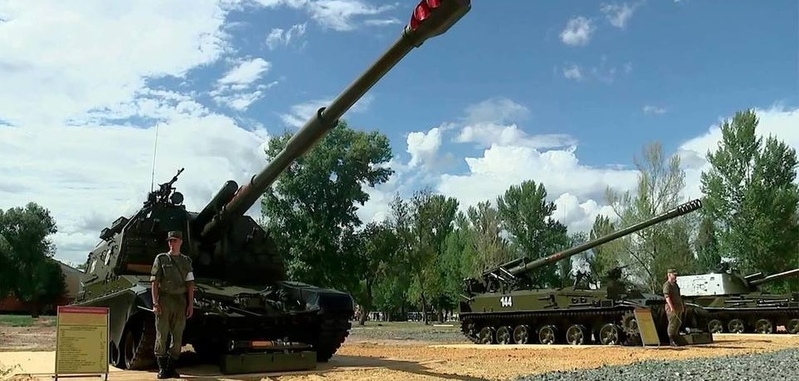
However, the revival of a strategic aviation school comes without a corresponding expansion in aircraft capabilities. As a matter of fact, russia no longer produces new Tu-95MS bombers, and its existing fleet is increasingly at risk of being lost in combat or grounding due to technical failures, as international sanctions have crippled the country's ability to provide proper maintenance.
Against this backdrop, russia appears to be prioritizing sheer numerical inflation of its armed forces while doubling down on long-range missile capabilities and nuclear deterrence as tools for strategic leverage and psychological pressure on the West.
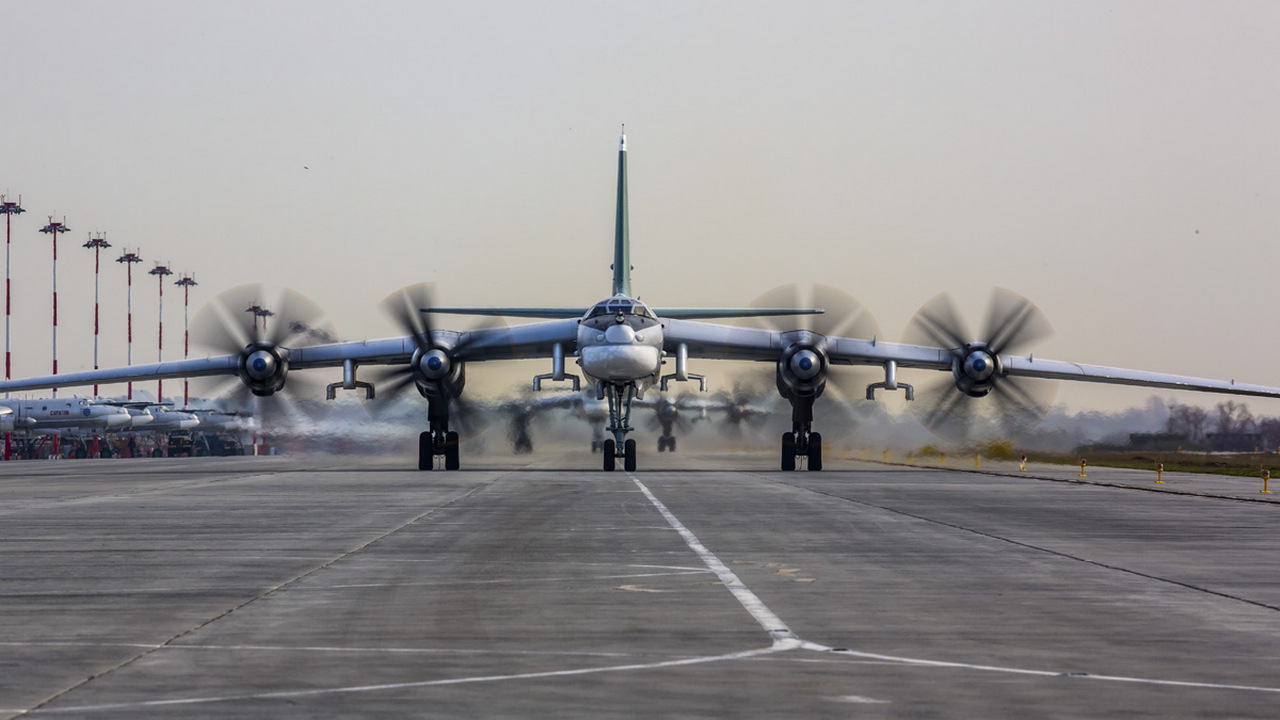
Read more: russia's Strategic Aviation Crisis: Failing Attempts to "Reproduce" the Tu-160 and Tu-22M3 at the Kazan Aviation Plant




